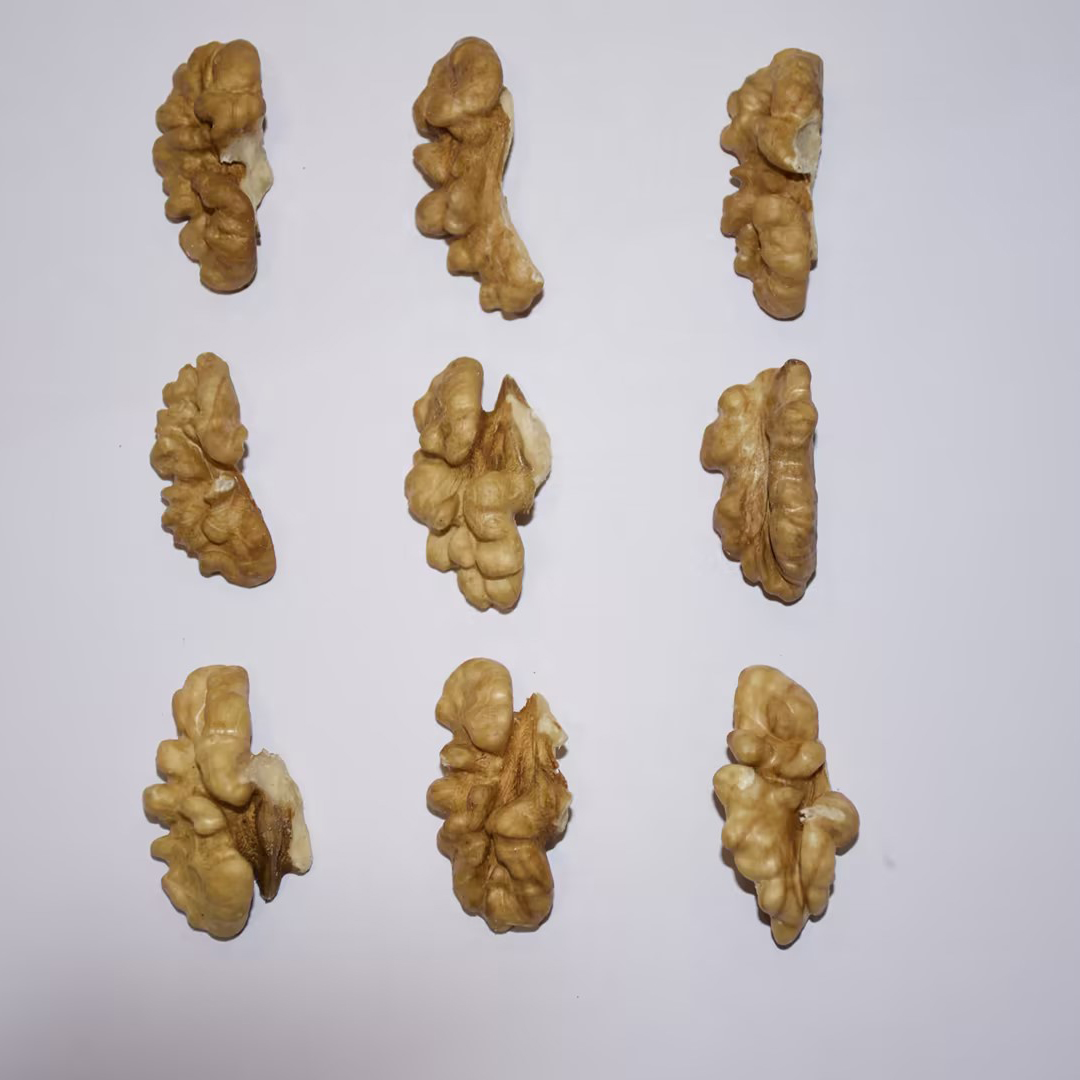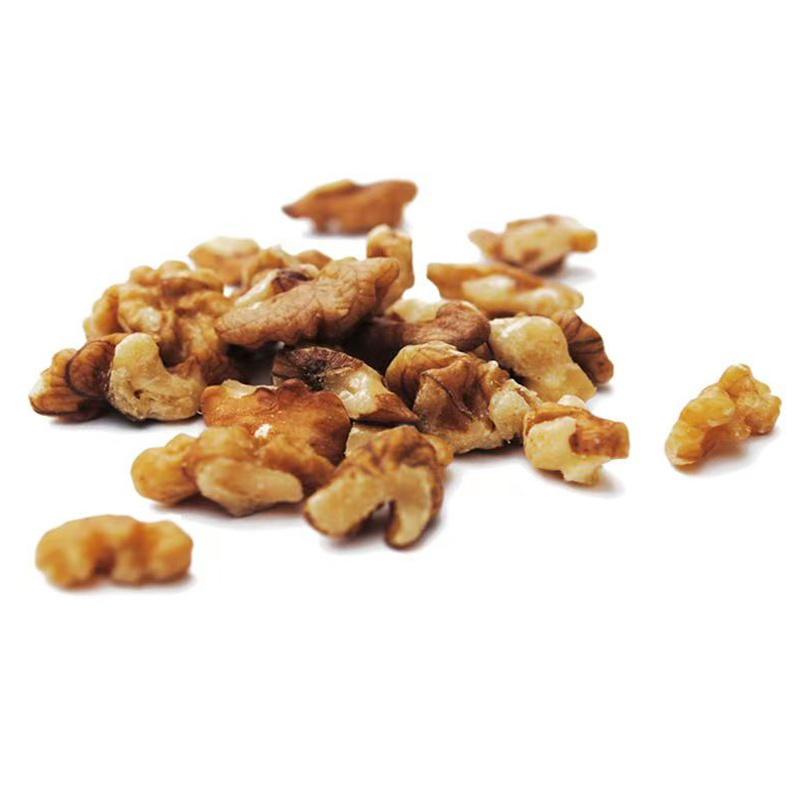
How does walnut affect the ecology?
2025-02-01
Walnut, also known as? Tsar’s walnut?, Not only is important in the culinary and medical spheres, but also has a significant effect on the ecological environment. It is an integral part of many ecosystems, improving soil fertility, attracting various representatives of the fauna and contributing to a biological diversity. Using itleavesAndfruitsIn agricultural and landscape projects, it is one of the methods that can contribute to more sustainable development. In this article, we will consider in more detail how the walnut affects the ecology, and why its preservation and proper use are important for future generations.
Influence on soil fertility
Walnut affects the quality of the soil due to the introduction of organic substances from the fallingleavesand decomposingfruits. These organic substances improve the structure of the soil, its breathability and the ability to retain moisture, which in turn contributes to the growth of other plants. The root of the nut system has a positive effect on soil stabilization, preventing erosion. This is especially important in agricultural areas where erosion can cause significant harvesting. Due to the presence of allelopathic compounds distinguished from the roots, walnuts can also reduce competition from weeds, which helps maintain health and equilibrium in the ecosystem.

Strengthening biodiversity
Walnut planting play a significant role in creating habitats for various species of animals and birds. Numerous types of protein, birds and insects find food and protection in them, thereby maintaining biodiversity.Leavesthe nut provides shelter, andfruitThey differ in high nutritional value. They are rich in fats and proteins, which are especially valuable in the cold periods of the year. Walnut makes a variety to the animal nutrition system, improving the stability of ecosystems to climate change. The interaction of species in nuts leads to the creation of complex environmental networks that support the overall balance of nature.
Climate change adaptation
The ability of a walnut to adapt to changes in climatic conditions makes it a valuable tool in the fight against climatic changes. This type of tree can grow in various temperature conditions and withstand drought, which makes it extremely useful for forest -breeding projects in zones subject to climate changes.LeavesAndfruitWalnuts have different growth phases, which allows a tree to effectively use existing resources. Planting nuts along rivers and in zones with a high probability of erosion helps to protect critical areas from desertification and degradation.
Reduction of pollution
Walnut helps to reduce air and soil pollution due to its natural filter properties. The tree actively absorbs carbon dioxide, returning oxygen to the atmosphere. HisleavesAndfruithelp reduce the concentration of harmful substances in the environment. Walking groves become peculiar? Green light?, Which improve the quality of air in cities and rural settlements. This is especially true in the light of global climate changes and the growth of the air environment. The presence of walnut in the landscape also emphasizes its aesthetic and recreational significance, contributing to the improvement of the quality of life of the population.

Economic significance and sustainable use
The economic value of the walnut is not limited only to its nutritional properties. Nuts,leavesAndfruitUsed in various industries - from the food industry to cosmetics. However, it is important to take into account the sustainable use of this natural resource. The integration of nut production into agricultural systems helps to reduce fertilizers and means of combating pests, while increasing biodiversity. Such approaches also have a positive effect on the standard of living of farmers and allow the development of the economy at the local level, stable and with a minimum environmental load.
An example of using green technologies
The use of innovative technologies and approaches in the cultivation of walnuts can significantly reduce the negative impact on the environment and increase production efficiency. The use of drip irrigation systems and technologies for the effective use of water helps to save water resources. Introduction of organic fertilizers based on compositeleavesAndfruitsThe nut reduces the need for chemicals, supporting the health of the soil. However, the effective use of these technologies requires training and accurate management to achieve positive results without prejudice to the world. This direction has the potential to become the basis of the new environmentally friendly agro -production model, which will ensure sustainable development in the future.
Walnuts, due to its ability to improve soil fertility, maintain biodiversity, reduce environmental pollution and adapt to climatic changes, is an important part of the ecosystem. Its economic significance and opportunities for sustainable use emphasize the need to preserve and manage this valuable resource. This tree truly deserves the status of one of the best allies of nature in the struggle for environmental stability, and itswalnut leaves and fetusHelp us to realize his multifaceted role. Given all the aspects described, it can be confidently noted that each stage in the growth and use of walnut is a significant contribution to maintaining the environmental balance on the planet.











